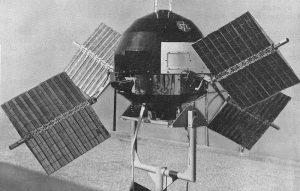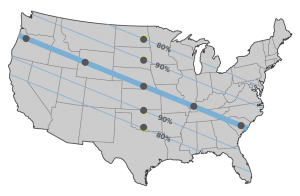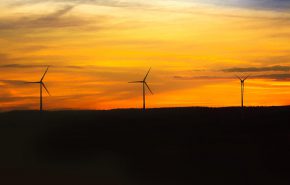As the center of our solar system, the sun was recognized by the earliest of human societies as an indispensable source of energy. Cultures including the Egyptians, Incas, and Aztecs venerated the sun while building their lives and calendars around its brilliance.
But imagine if your splendid deity went dark in midday! Before science provided answers, solar eclipses were a catastrophic and misunderstood event. Fortunately, today we can anticipate and maximize the large-scale benefits of this “yellow dwarf” in the sky and the solar power it provides, while understanding the infrequent daytime darkness from a solar eclipse.
Solar Power―Generating Electricity with Cells

In the 1950s the first practical photovoltaic (PV) power cells―cells that use energy from the sun to generate electrical power―were used in space, powering US satellites like Vanguard 1 and Explorer 6. By the 1970s PV power cells were used in everyday items such as calculators and watches, and by 1998 the International Space Station deployed large solar arrays wings to fuel the station and charge its batteries. Back on earth, the 2000s saw more efficient and economic solar panels being connected to electrical grids.
Renewable Energy―Solar Power in the US
Today solar-powered planes soar the globe, while hundreds of thousands of grid-connected PV systems provide our nation approximately 42 gigawatts of solar power. That figure may triple by 2022 as PV systems become increasingly cheaper per watt and more efficient at tracking the sun for full exposure. Large solar farms currently deliver over 500 megawatts of installed capacity with around 25 percent efficiency. To optimize peak sun-hours, solar panels are installed facing south and free of shade, and many PV systems have a wind farm or a battery storage system that can generate power and store power at night. Such hybrid renewable systems ideally make the most out of the land they occupy.
Large solar farms currently deliver over 500 megawatts of installed capacity with ~ 25% efficiency.
Renewable energy is currently competitive in almost half of the G20 countries around the world. Additionally, solar PV technology is expected to exceed other technologies such as coal, gas, and wind in the next decade, becoming the cheapest energy source available. Earlier this year, renewable power generation in the US surpassed nuclear power generation for the first time since 1984. Although nuclear and fossil fuel sources currently dominate our energy mix, renewable energy sources will inevitably power an increasing demand for electricity in the future.
The Great American Total Solar Eclipse

On August 21st, the US will experience a celestial light show unlike anything seen in our lifetime. From Oregon to South Carolina, millions of people along a 60-70-mile wide path of “totality” will have the opportunity to experience the awe-inspiring total solar eclipse during its 94-minute duration. As the sun, moon, and earth align almost perfectly, the light from the sun will strike the moon, which in turn will cast a shadow that will fall on earth. Those who are fortunate to be within this path will experience more than two minutes of total darkness. Day will quickly turn to night. Birds will become confused and start evening chirping. The temperature will drop. Viewers may get emotional and dogs may bark. The sight will be one to remember for a lifetime.
But what about our solar power? What happens to solar farms during those dark minutes? North Carolina, which is on the path of the total eclipse, exceeds 3000 megawatts of power capacity from solar farms, enough to power 600,000 homes with solar energy. According to experts at Charlotte-based Duke Energy, a total solar eclipse can be equal to “several nuclear reactors rapidly shutting down.” Despite this drop in electricity, Duke is prepared to switch to natural gas backup power during the eclipse to prevent any disruption to its customers.

What if it’s a cloudy or rainy day on August 21st?
Solar energy will still switch to power from the utility grid. But many excited viewers will be disappointed. Let’s just all hope for sunny weather across the nation and enjoy the greatest show on earth!
Planning to view the total solar eclipse? Visit eclipse2017.org or eclipse2017.nasa.gov for best viewing locations and information about the proper safety protection for your eyes. Other interesting links include:
What you need to see the total solar eclipse across America
![]()
For additional information regarding GAI’s portfolio of services in solar power and renewable energy, contact Engineering Manager Enrique Bazán-Arias, PE, EMBA at 724.387.2170.


